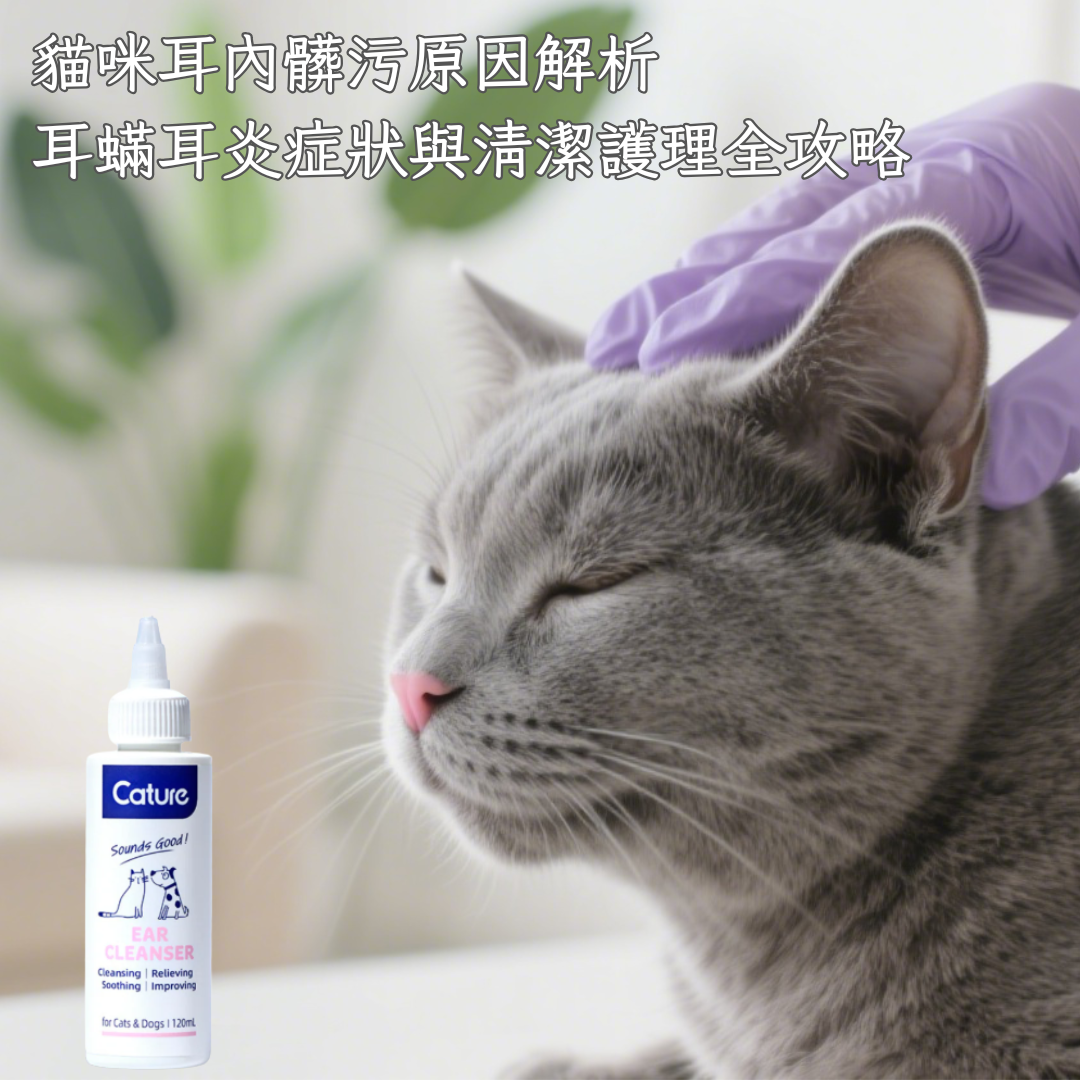Causes and treatments of cat ear entrails
Seek medical attention as soon as possible for ear mites and otitis to protect your pet’s ear health
Cleaning your cat's ears is an essential part of daily care. Common ear problems in cats can be caused by ear mite infestations, earwax buildup, or even ear infections. Understanding the symptoms of ear odor, redness, swelling, and scratching in cats can help owners detect any abnormalities early and prevent further damage.
Common Causes of Ear Injury in Cats
-
ear mite infection
Ear mites are a major cause of scratching and ear odor in cats. They multiply in the ear canal, causing a dark brown discharge and redness and swelling. If left untreated, they can lead to severe ear infections in cats. -
Earwax buildup
Cats' ears naturally secrete earwax, which helps protect the ear canal in moderation. However, excessive earwax accumulation can make the ears dirty and become a breeding ground for bacterial and fungal infections. -
bacterial or fungal infection
When the environment inside the ear canal is moist or injured, it is easy to cause bacterial or fungal infection, resulting in redness and swelling of the cat's ears, increased secretions, and even odor. -
Allergy or foreign body invasion
Allergies or foreign objects (such as grass clippings) entering the ear canal can also irritate the ears, causing ear discomfort and inflammation.
Symptoms of cat ear abnormalities
- Frequent scratching of ears or shaking of head
- Unpleasant odor or increased ear discharge
- Red, swollen, or inflamed ears
- Cat appears restless or distressed
How to Clean Your Cat's Ears and Care Tips
Regular cleaning of your cat's ears is key to preventing ear mites and otitis. Pet owners can use products designed specifically for pets, such as natural plant extract ear washes, to gently and effectively remove earwax and dirt, keeping the ear canal clean.
We recommend using Cature Plant Essence Ear Wash . This ear wash for cats and dogs contains natural ingredients such as Australian tea tree, chamomile, grapefruit seeds, etc. It can not only dissolve earwax, but also balance the ear canal environment, repair damaged tissue, resist bacterial and fungal infections, and help reduce cat ears redness, swelling and odor.
The method of use is simple: after dropping into the ear canal, gently massage, then let the cat shake out the excess liquid, and finally wipe with a clean cotton cloth. It is recommended to use 2-3 times a week. It can also be used as an auxiliary care product for cats with obvious ear mite symptoms or those undergoing otitis.
Prevention and precautions
- Check your cat's ears regularly. If you find any abnormal symptoms such as scratching, redness, swelling, or odor in the ears, you should take your cat to the vet as soon as possible.
- Keep your cat's living environment dry and clean to reduce the growth of ear mites and bacteria.
- A balanced diet can boost your cat's immunity and help prevent ear infections and otitis.
Conclusion
A cat's ear health directly impacts their furry friend's quality of life. By using proper ear cleaning techniques and natural plant-based ear washes, owners can effectively prevent ear mites and ear infections, protecting their cat's ears and ensuring they grow up healthy and free from discomfort.

